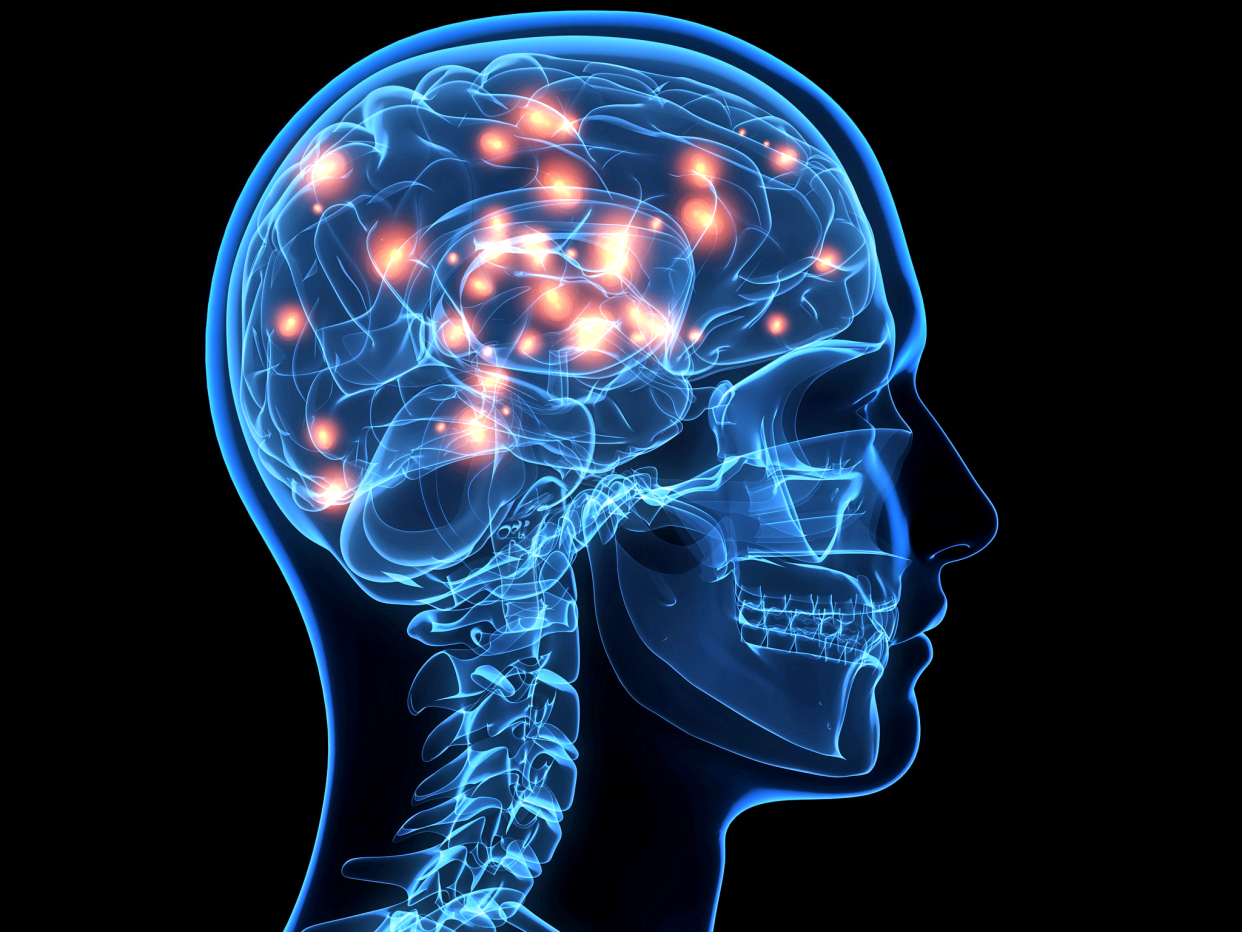Racism and sexism stem from 'optical illusion' in brain that is 'part of human condition', academic says

Human beings have a hidden, “implicit bias” against those who appear to be different that makes them prone to fearing large black men, thinking maths is a ‘male’ subject or holding a number of other culturally defined prejudices, academics have said.
However, by recognising the problem and taking steps to address it, society can be transformed dramatically for the better.
For example, Georgia State University has been able to completely eliminate the gaps in academic performance based on race, ethnicity and poverty — attracting attention from academic institutions in South Africa, where the legacy of apartheid still resonates.
An online test has even been developed by Harvard University to enable people to discover just how implicitly biased they are.
Speaking at the annual meeting of the American Association for the Advancement of Science (AAAS) in Boston, Professor Lydia Villa-Komaroff said the human mind was a “marvellous machine”.
But to make up for its limitations the brain had developed a number of shortcuts which could produce a “cognitive illusion” of knowledge which she described as “a little bit like an optical illusion”.
Many people, Professor Villa-Komaroff said, objected to the idea they might have any kind of implicit bias “because they think it means they are prejudiced in some way”.
But she said: “Those shortcuts are used by all human beings. Implicit bias is not something limited to one sector of the population.
“It is a human thing, all of us are subject to implicit bias that arises because of our evolutionary and cultural history.
“So it’s not just a white man or woman who will associate a large black man with possible danger, a black man and a black woman will have that same reaction – in the American culture.
“All of us, men and women alike, will tend to think that the man we see is going to be better at math than the woman that we see.”
The shortcut to fear or distrust difference evolved because “we grew up among lions and tigers and bears and people who wanted our property”.
“We are prone to think that, because of our necessity to survive, anything that’s different might be threatening and that remains part of the human condition. So we tend to think of differentness as possibly dangerous.”
However, the situation is far from hopeless.
Professor Villa-Komaroff said: “If we generally recognise this, we can actually ameliorate it. Human beings are very good at compensating for our weaknesses.”
She said there had been a realisation within the education community that the US had not been “utilising all the talent available to the country”, but progress had been slow “despite a lot of good efforts and well-meaning efforts”.
However at Georgia State University academics appear to have discovered a way to eradicate differences in performance based on an individual’s background.
Dr Timothy Renick, a vice-president at the university, said there had been an “institutional bias” against ethnic minorities from poorer families even if it had appeared to be a level-playing field.
This was because they tended not to have the same support network as wealthier students, which could help them from making mistakes like picking the wrong course, that might ultimately lead them to drop out.
Georgia State, which teaches 30,000 students, introduced an early warning system to flag up when students were having problems and arrange a meeting with an adviser. In the last 12 months, there had been 52,000 such meetings.
The results were remarkable.
The number of students graduating from the university rose by 30 per cent in four years.
The number of black men getting a degree in science, technology, engineering and maths increased by 100 per cent. Among Hispanic students, there was a 200 per cent rise.
Dr Renick said they were now carrying out a scientific study at 11 different academic institutions in the US to see if this early warning system could help other students.
The results have also attracted interest from universities in South Africa, where there are significant gaps in academic performance between black and white.

 Yahoo News
Yahoo News 
